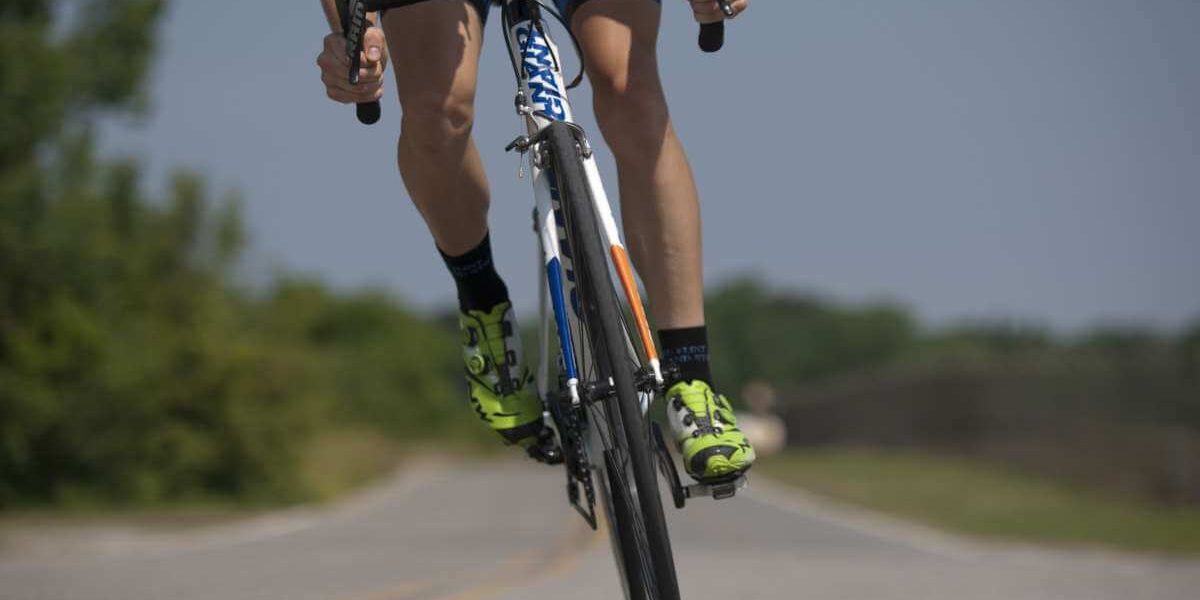The best time to train would be after work. It’s important to rest after completing exercise because muscles need time to repair themselves. During this period, recovery takes priority over hard workouts. Although doing heavyweights may seem beneficial right away, it actually depletes energy stores within the body – leaving athletes weaker and unable to perform well later. Most people don’t realize just how much time goes into designing a proper training plan. However, regular exercise helps maintain good health and keeps weight down. So, now we are going to find out how to craft an efficient triathlon training plan.
Best way to prepare for a triathlon?
You’ve heard us talk about “endurance” before, but just what does that mean exactly? Endurance refers to the ability to work hard without getting tired. It can be broken down into two categories—cardio endurance, meaning being able to sustain high-intensity exercise; and muscular endurance, meaning working out longer than usual without tiring yourself out.
The International Triathlon Union recommends the following:
Swim: At least 50m of front crawl or freestyle for men/women; at least 100 m breaststroke for women only;
Bike: 5 laps around a 25km circuit on flat terrain; this can be made up as either individual time trials or team relay races;
Run: As long as possible without walking.
You should aim to complete each discipline within 45 minutes. If you make mistakes during your swim, cycle, or run, you will lose valuable time. The three disciplines have different skills required so don’t try doing all three sports back to back! In addition, some people find they gain more from one discipline than another. For example, I found my best times were when swimming was combined with riding a bicycle.
Everyone’s fitness levels vary depending upon their age and ability. However, most athletes spend between two and four hours per day working out. This may mean that you’ll work long days or evenings rather than using ‘off’ periods such as weekends or holidays. You might even decide to get involved in other activities while exercising—perhaps joining a gym club, playing tennis or football, taking spin classes, or attending dance lessons.
Periodizing Training Plans
Athletes can choose from various training programs ranging from 6 weeks to 2 years. Some programs are based around strength building while others focus primarily on aerobic conditioning. Regardless of what type of program you follow, all include similar features.
– A general workout schedule. These schedules usually involve four days per week consisting of one light session followed by two moderate sessions. Often they have varying degrees of intensity throughout the course of a given week. This allows athletes to stay fresh and avoid getting bored.
– Specific workouts. During times outside of the gym, there may be additional activities performed to complement the general workout routine. For example, swimming might be done daily, cycling once a week and running twice a week.
Producing your triathlon training schedule takes time, dedication, patience, and planning ahead. But the rewards are well worth it: You’ll be able to train smarter, faster, and more efficiently while enjoying improved results on race day.
How does periodization work?
It’s simple. Produce your program by breaking it down each week into four phases. Each phase lasts seven days before transitioning to another phase in preparation for upcoming races. This process helps you stay focused on improving one specific aspect of your game at any given moment during the six-week cycle. By cycling through these different phases, you will develop optimal fitness levels for all three components that make up the sport of triathlon; aerobic capacity, strength, and power/speed.
Why use this method? Because it works! In fact, research has shown that athletes who follow such structured programs can improve as much as 10 percent per season compared to those who don’t. Triathletes who have adopted this approach report having reduced injuries, increased confidence, and improved overall health and wellness.
Who should take advantage of this type of system? Anybody looking to get fit, lose weight or just feel great about themselves.

